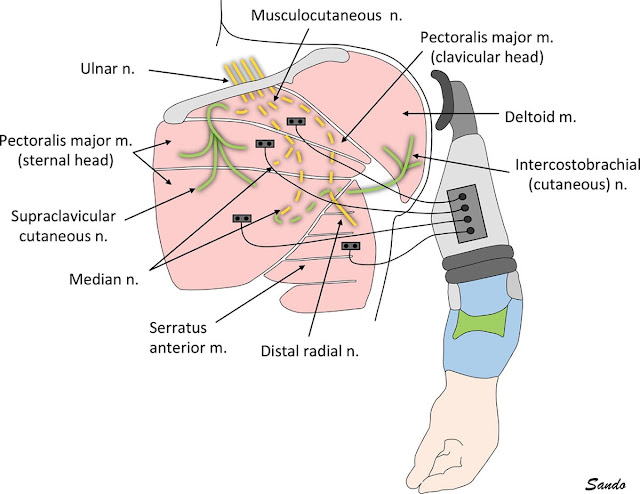(May 26, 2015) Researchers
in the Center for Nanoscale Materials and Energy Systems Division of Argonne
have found a way to use tiny diamonds and graphene to give friction the slip,
creating a new material combination that demonstrates the rare phenomenon of
“superlubricity.” The team combined diamond nanoparticles, small patches of
graphene, and a diamond-like carbon (DLC) material to create superlubricity, a
highly desirable property in which friction drops to near zero.
As the graphene patches and diamond particles rub against a
large DLC surface, the graphene rolls itself around the diamond particle,
creating something that looks like a ball bearing on the nanoscopic level. At
the atomic level, friction occurs when atoms in materials that slide against
each other become “locked in state,” which requires additional energy to
overcome. This is because the
positioning of atoms causes an entanglement between the materials that prevents
easy sliding. By creating the graphene-encapsulated diamond ball bearings, or
“scrolls”, the team found a way to translate the nanoscale superlubricity into
a macroscale phenomenon. Because the scrolls change their orientation during
the sliding process, enough diamond particles and graphene patches prevent the
two surfaces from becoming locked in state.
Team members from CNM's Theory & Modeling Group used
large-scale atomistic computations on the Mira supercomputer at the Argonne
Leadership Computing Facility (ALCF) to
prove that the effect could be seen not merely at the nanoscale but also at the
macroscale. This is because a scroll can be manipulated and rotated more easily
than a a sheet of graphene or graphite. However, the team was puzzled that
while superlubricity was maintained in dry conditions, in a humid environment
this was not the case. Because this behavior was counterintuitive, the team
again turned to atomistic calculations. The latter showed that scroll formation
was inhibited in the presence of a water layer, therefore causing higher
friction.
read entire press release >>











































